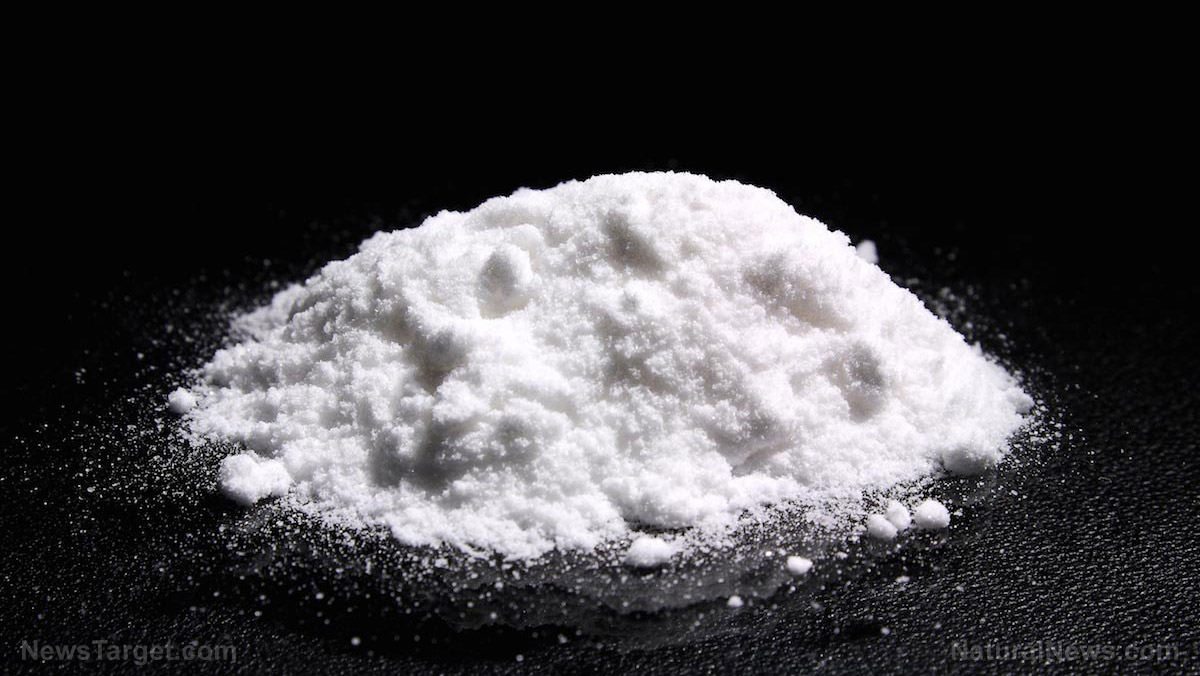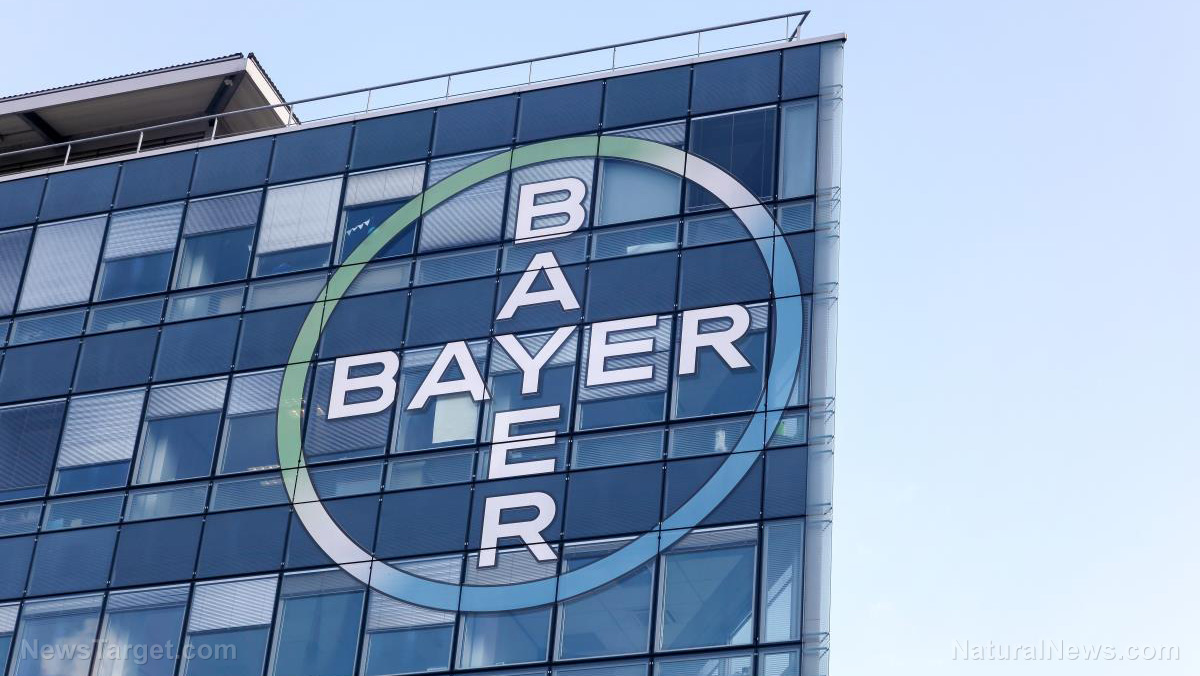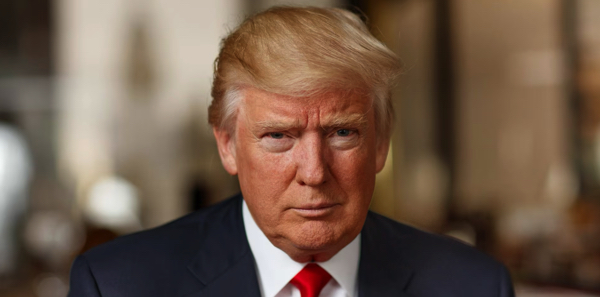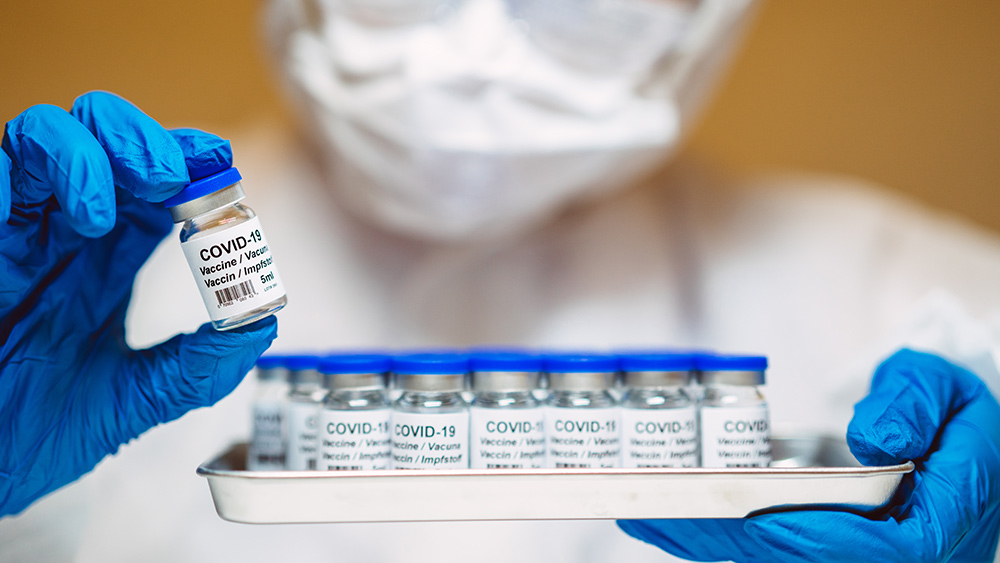 Parler
Parler Gab
Gab
- Talc, a mineral linked to cancer, has been found in common medications (e.g., Lipitor, Prilosec) and children's foods (e.g., chewing gum coatings), often without disclosure.
- Studies since the 1990s link talc to ovarian and stomach cancers, with the WHO classifying it as a "probable human carcinogen," yet U.S. regulators have failed to act.
- The FDA’s outdated "Generally Recognized as Safe" (GRAS) loophole allows talc’s continued use without modern safety reviews, unlike Europe’s planned 2027 ban.
- Despite lawsuits (e.g., Johnson & Johnson’s $10 billion in settlements) proving talc’s harm, it remains in food and drugs, with no warning labels.
- Inexpensive substitutes like magnesium stearate exist, but bureaucratic delays and lobbying prevent swift action, leaving millions at risk.
- A 2013 review found a 30 percent increased ovarian cancer risk with prolonged talc use.
- A 2019 analysis of 30 studies confirmed a 28 percent increased cancer risk.
- A massive Taiwan study tied oral talc consumption to stomach cancer.
From baby powder to wheat flour: Corporations poisoning people with talc
The World Health Organization's International Agency for Research on Cancer has classified talc as a "probable human carcinogen" based on strong evidence of its cancer-causing mechanisms in human cells. While European regulators are banning talc in cosmetics by 2027, the U.S. continues to permit its widespread use. The reason? A regulatory loophole known as Generally Recognized as Safe (GRAS). This loophole allows substances to be used in food based on outdated or manufacturer-backed safety claims without rigorous FDA review. Talc was grandfathered into the GRAS list in the 1970s and has never undergone a comprehensive reassessment, despite emerging science. Even as lawsuits against Johnson & Johnson totaling $10 billion over talc-related cancer claims pile up, the FDA has remained passive. (Related: Supreme Court rejects Johnson & Johnson appeal challenging $2 billion talc verdict.) The legal battles tell a damning story. In one landmark case, plaintiffs were awarded $550 million in damages plus $4.14 billion in punitive fines after proving J&J's talc products caused cancer. Yet while cosmetic companies have removed talc from baby powder, it remains in food and drugs with no warning labels. Dr. George Tidmarsh of Stanford University, who co-authored research on talc contamination, revealed that 640,000 metric tons of talc were consumed in the U.S. in 2019. Much of this talc was imported from China, where reports indicate it's systematically added to wheat flour. The most frustrating aspect of this crisis? Safer substitutes are already available. Magnesium stearate, calcium stearate and colloidal silicon dioxide – all inexpensive and widely used in generic drugs—could replace talc tomorrow. Every expert on the FDA panel agreed: Talc must be banned or phased out immediately. Yet with bureaucratic inertia and corporate lobbying in play, millions remain at risk. Watch this video about Johnson & Johnson knowing since 1982 tthat its baby powder causes cancer. This video is from the DITRH channel on Brighteon.com.More related stories:
Johnson & Johnson ordered to pay $300 million in talc cancer case. J&J offers almost $9B to settle lawsuits alleging its talc-based baby powder caused cancer. Bombshell report shows Johnson & Johnson talc baby powder products are contaminated with cancer-causing asbestos – and the company has known for nearly 50 years. Sources include: Naturalhealth365.com PublicHealth.RealClearJournals.org CEN.ACS.org Brighteon.comElon Musk vs. Trump feud escalates over AI control and allegations of Epstein list ties
By Finn Heartley // Share
Bayer’s ruthless bid for immunity SILENCES cancer victims and overrides the rule of law
By Lance D Johnson // Share
Empowering women: The revolutionary breast cancer prevention diet unveiled in Bob Arnot’s book
By Belle Carter // Share
Governments continue to obscure COVID-19 vaccine data amid rising concerns over excess deaths
By patricklewis // Share
Tech giant Microsoft backs EXTINCTION with its support of carbon capture programs
By ramontomeydw // Share
Germany to resume arms exports to Israel despite repeated ceasefire violations
By isabelle // Share










